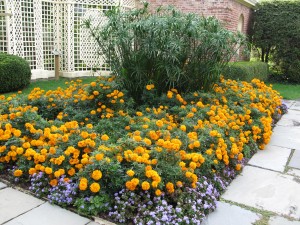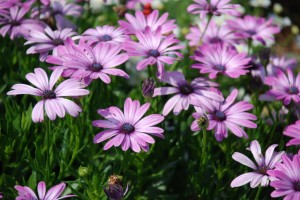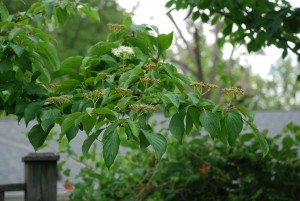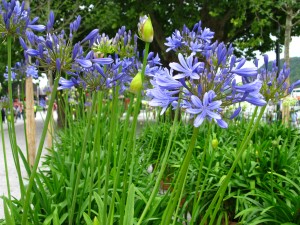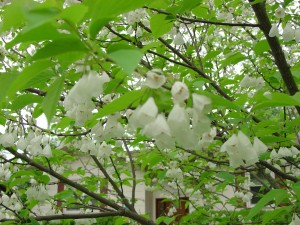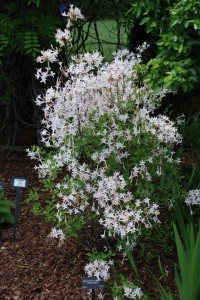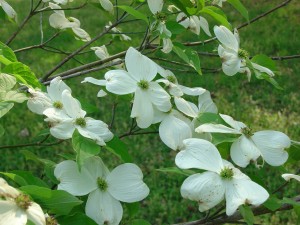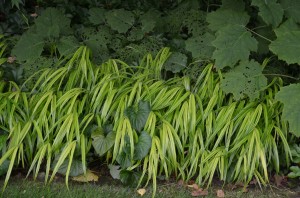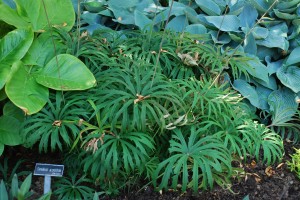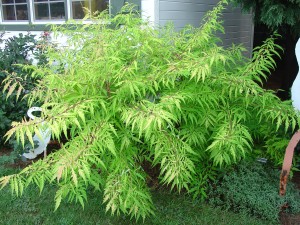Over the past 2-3 years marigolds are regaining their popularity. Marigolds are easy to grow and come in vibrant shades of yellows and oranges. Tall African type marigolds grow 24-42 inches tall and belong in garden beds. Intermediate (15-24 inch height) and dwarf French types (10-12 inch height) are suited for both bedding and container plantings.
Plant marigolds in full open sunlight and do not crowd or overwater plants. They require very little maintenance if planted in compost-rich garden soil that is well drained. Marigolds handle summer heat and short dry intervals if they have been properly cared for the first six weeks after planting. A well established bed of marigolds will bloom non-stop through the summer into autumn.
Marigolds are best planted in early to mid-May in the Southern Appalachian region (USDA hardiness zones 6 and 7) after the spring frost period has passed in your gardening area. Marigolds are great as late garden fillers where other flowers may have fizzled out. You may plant marigolds up to mid-August and they will bloom up to the first hard freeze in October or November.
Feed with a granular 10-10-10 fertilizer or a water soluble products such as Miracle-Gro®, Jack’s Classic®, or Daniels® fertilizer at package directions.
Their principal nemesis is spider mites which are easily eradicated with environmentally mild pesticides. Botrytis is a flower disease best prevented by selecting varieties that shed water and by not watering overhead. Short French type marigolds are known to repel insects in vegetable gardens with their strong fragrance. You must plant large numbers of marigolds which will cut down space veggie beds.
Recommended cultivars:
‘Perfection’ series @ 30 -36 inch tall and 15 inches wide.
‘Marvel’ series @ 18 inch tall by 10 inches wide.
‘Moonsong Deep Orange’ @ 15 inches tall by 10 inches wide.
Moonstruck Series @ 12-15 inches tall
Bonanza series (French type) @ 10-12 inch tall

